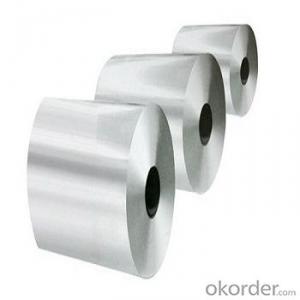Have you ever been annoyed by the constant noise from your neighbors or the traffic outside? If so, you’ve probably considered soundproofing your living space. But did you know that a simple household item, aluminum foil, can be used as a sound insulation material? Yes, you read that right! Aluminum foil, which is often used for cooking or wrapping food, can also be an effective sound barrier. Let’s explore how this works and why it’s a great option for soundproofing.
The Science Behind Sound Insulation
Before we dive into the details of using aluminum foil for sound insulation, it’s important to understand the basic principles of sound insulation. Sound travels in waves, and when these waves hit a surface, they can either be absorbed, reflected, or transmitted. The goal of soundproofing is to minimize the transmission of sound waves to create a quieter environment.
Why Aluminum Foil?
Aluminum foil is an excellent sound insulation material because of its properties. It is lightweight, flexible, and has a high melting point. Moreover, it is a good reflector of sound waves, which makes it perfect for soundproofing. The reflective surface of the foil bounces back the sound waves, reducing the amount of noise that enters a room.
How to Use Aluminum Foil for Sound Insulation
Using aluminum foil for sound insulation is quite simple. Here are some steps you can follow:
1. Clean the Surface: Before applying the foil, make sure the surface is clean and dry. This will ensure better adhesion.
2. Cut the Foil: Cut the aluminum foil to the size of the area you want to cover. You can use scissors or a utility knife for this.
3. Apply the Foil: Apply the foil to the surface, making sure to smooth out any wrinkles or bubbles. You can use tape or adhesive to secure the foil in place.
4. Seal the Edges: To prevent sound from leaking in through the edges, make sure to seal them properly. You can use additional tape or adhesive for this.
5. Add Extra Layers: For better sound insulation, you can add multiple layers of aluminum foil. This will increase the effectiveness of the sound barrier.
Benefits of Using Aluminum Foil for Sound Insulation
There are several benefits to using aluminum foil for sound insulation:
– Cost-Effective: Aluminum foil is an affordable option compared to other soundproofing materials.
– Easy to Install: The process of applying aluminum foil is simple and doesn’t require any special skills or tools.
– Environmentally Friendly: Since aluminum is recyclable, using foil for sound insulation is a more sustainable choice.
– Versatile: Aluminum foil can be used on various surfaces, including walls, ceilings, and doors.
Real-Life Applications
Aluminum foil has been used in various real-life situations to reduce noise. For example, musicians and audio engineers use it to dampen sound reflections in recording studios. It’s also used in home theaters to improve acoustics and enhance the viewing experience.
The Drawbacks of Using Aluminum Foil
While aluminum foil is a great sound insulation material, it’s not without its drawbacks. One of the main issues is that it’s not as effective as professional soundproofing materials. It may not be suitable for areas with extremely high noise levels. Additionally, the reflective nature of the foil can sometimes cause an echo effect, which might not be desirable in certain situations.
Conclusion
In conclusion, aluminum foil is a surprisingly effective and affordable option for sound insulation. It’s easy to use, cost-effective, and environmentally friendly. However, it’s important to consider the limitations of using aluminum foil for soundproofing and determine if it’s the right solution for your specific needs. If you’re looking for a simple and budget-friendly way to reduce noise in your living space, give aluminum foil a try!

